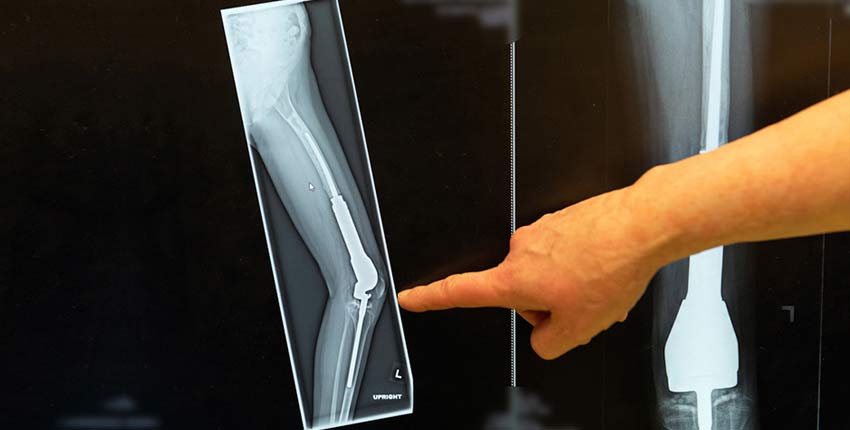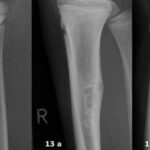Limb Salvage Surgery
Limb Salvage Surgeries simply means surgeries in which tumor is removed without sacrificing Limb.
By preserving limb, it should result in better functional outcome as compared to amputation of limb.
- Prerequisites for limb saving surgeries:
1. The function should be better after limb preservation surgery as compared with amputation and prosthesis.
2. Adequate muscle function could be preserved
3. Major motor and sensory nerves could be preserved
4. Major blood supply can be restored
- Can it be done in all cases?
No
- Does initial biopsy have an impact on limb saving surgery?
Yes, an inappropriate biopsy may convert simple limb saving surgery to amputation.
- What are the common causes that may lead to amputation in an otherwise limb saving surgery?
1. Wrong biopsy
2. Irresponsible curettage of lesion considering it as infection
3. Delay in initiation of chemotherapy
4. Pathological fracture
5. Tumor not responding to chemotherapy
- Types of limb salvage surgeries:
1. Intra-articular resection with tumor prosthesis: This procedure can be done in those cases, in which the tumor extends up to the end of one bone without involving joint. In this procedure we resect tumor bone and replace the bony part with the metal prosthesis and the joint is reconstructed with similar function as before surgery.
2. Intra-articular resection with arthrodesis: This procedure can be done in cases similar to those discussed in previous point, when patient doesn’t want any type of complication related to megaprosthesis, or where major muscle resection is necessary. In this procedure, we resect, tumor bone and fix the joint in the most functional positions, and due to this mobility of joint is lost.
3. Extra-articular resection with arthrodesis: This procedure can be done in those cases, in which the tumor extends to the neighboring joint. In this procedure, we resect whole joint and tumor bone en-bloc without opening the joint cavity. Joint is then fused leading to limitation of joint movement and function.
4. Inter-Calary resection and reconstruction with recycled bone or prosthesis: This procedure can be done in those cases, in which tumors is confined to the bone without extension up to the end of the bone and we can resect tumor with appropriate margins and sufficient bone is left behind around the joint. Resected bone is then treated with liquid nitrogen or high dose radiation to make bone free of tumor. Bone is then fixed back in its original position. The benefit of this procedure is to preserve the natural joint, so that no-repeat surgery will be needed in the future. The functional preservation is maximum with this procedure.
- The best option among these?
Inter-Calary resection and reconstruction with recycled bone.
- Most complicated among these?
Inter-Calary resection and reconstruction with recycled bone
- Best function, patients gain among these?
Inter-Calary resection and reconstruction with recycled bone
- Who can do these procedures?
Only trained sarcoma specialist has knowledge about all these options and hence surgery should be done only by a trained sarcoma specialists. The important thing is that only trained sarcoma specialists know, how to convert borderline salvageable limb and how to convert resection endoprosthesis cases, to intercalary resection, which is very important for future function.
- Complications:
All medical procedures have some limitations and complications. These extremely complicated procedures also have some major complications, even in the hands of trained sarcoma specialists. Patients and guardians should understand the complexity, pros, and cons of all available options and should indulge in a thorough discussion with treating specialists.
- Can we do “Inter-Calary resection and reconstruction with recycled bone” in all cases?
No.





